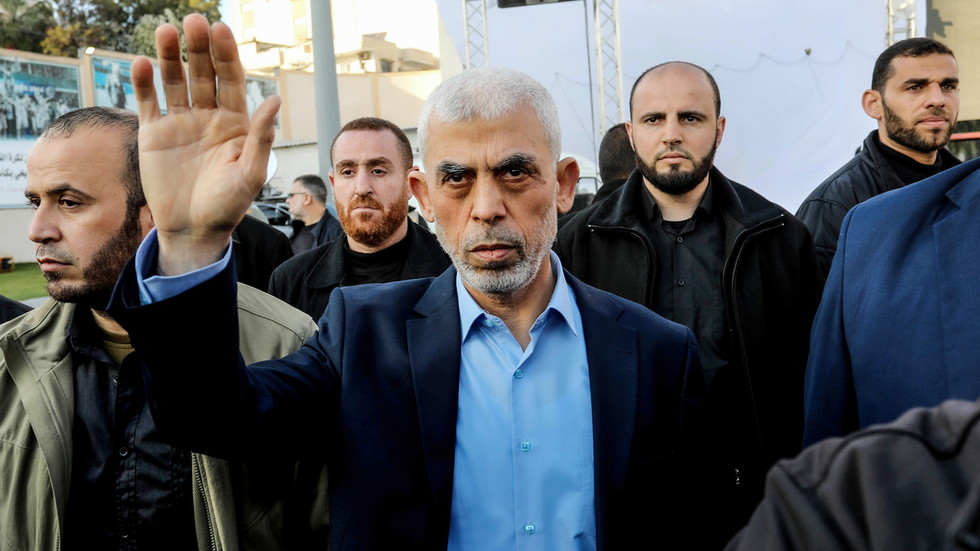On Thursday, the Israel Defense Forces (IDF) confirmed the death of Yahya Sinwar, the leader of Hamas in Gaza, following an investigation into a skirmish that reportedly resulted in the deaths of several Palestinian militants. This announcement was disseminated through IDF communications, including a post on X (formerly Twitter), which declared “Eliminated: Yahya Sinwar.” In addition, Israeli Foreign Minister Israel Katz communicated with international colleagues to confirm Sinwar’s death. Sinwar, 62, had been leading Hamas since 2017 and assumed full control of the organization in August after Ismail Haniyeh’s assassination in Tehran.
Sinwar was a key figure alongside Mohammed Deif, the chief of Ezzedeen al-Qassam Brigades, recognized for orchestrating the devastating attack on southern Israel on October 7, 2023, which escalated the ongoing conflict between Israel and Hamas. Israel claims to have targeted and killed Deif in an earlier airstrike, although his death has been denied by Hamas. The recent developments surrounding Sinwar’s death highlight the critical leadership role he played within the organization, particularly in the context of the attacks that resulted in significant casualties on both sides.
Graphic and unverified images circulating online reportedly depict Sinwar’s body, showing signs of severe injuries, including blast traumas and a gunshot wound to the head. Following the skirmish, the IDF transported the body to a laboratory for DNA analysis to confirm its identity. This process emphasizes the Israeli military’s approach in verifying the elimination of key militant figures, especially those with significant influence over ongoing hostilities.
The backdrop of these events is the war declared by Israel on Hamas, which was precipitated by the October 7 attack. That attack led to the deaths of approximately 1,100 people in Israel and the abduction of around 250 individuals, marking a critical turning point in Israeli-Palestinian relations. In retaliation to the violence, Israel has conducted extensive military operations in Gaza, deploying heavy artillery and air strikes, alongside ground offensives. The consequences of these actions have been devastating, with local health authorities estimating that around 42,000 individuals, primarily women and children, have lost their lives in Gaza over the past year.
The death of Sinwar may significantly affect the dynamics of Hamas and its operational capabilities, as he was seen as a crucial figure in both political and military strategies. His leadership has been described as both influential and controversial, shaping the direction of Hamas’s policies and actions during a critical period of heightened tensions. As the violence continues, the implications of his removal may reverberate throughout the organization and the broader conflict, raising questions about succession and the future strategies of Hamas in the ongoing struggle.
As Israel marks this moment in its military campaign against Hamas, the ongoing response from Palestinian factions and potential impacts on future negotiations and ceasefire efforts remain uncertain. The conflict has displaced countless individuals and left a profound humanitarian crisis in its wake, with international observers calling for urgent action to address the civilian toll in Gaza. The unfolding situation is emblematic of the complexities inherent in the Israeli-Palestinian conflict, highlighting the intersection of military actions, leadership changes, and the tragic human consequences that continue to shape the region’s geopolitical landscape.

